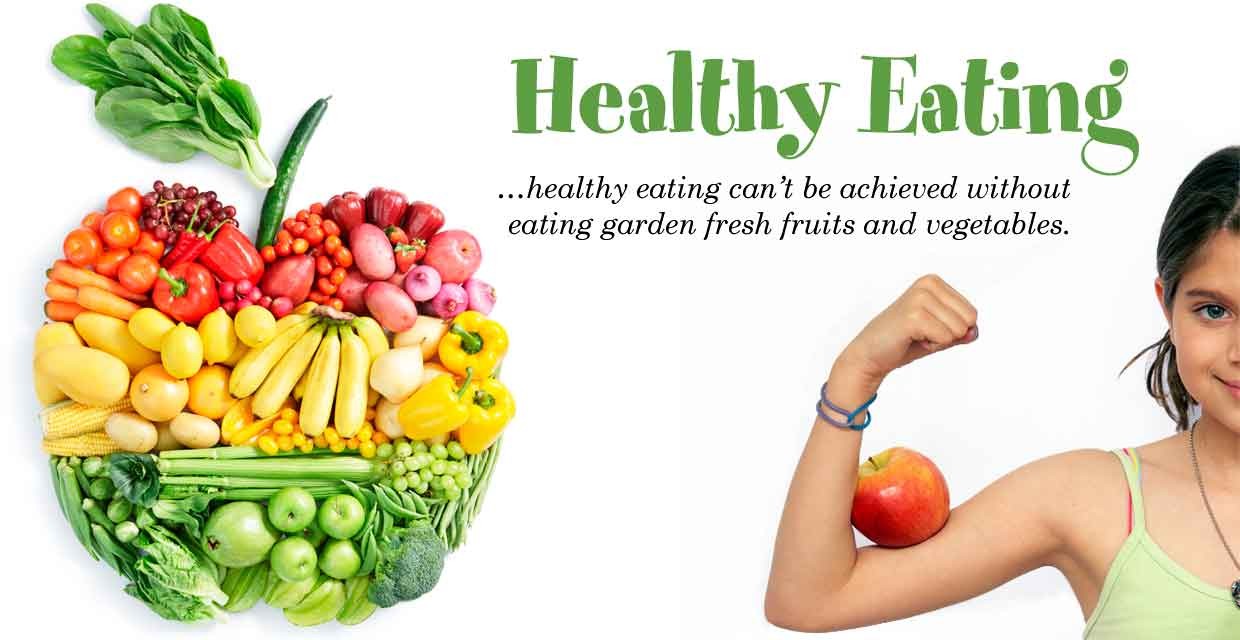Eating for long-term health is less about chasing trends or following rigid rules and more about cultivating habits that are sustainable, enjoyable, and adaptable to the realities of daily life. In a world where diets come and go with promises of quick results, it can be tempting to believe that health is achieved through short bursts of discipline. But the truth is that real, lasting well-being comes from consistent choices over time that nourish the body and support its natural functions. Much like in business, where long-term growth relies on steady strategies rather than sudden gambles, long-term health depends on creating a foundation of eating patterns that endure beyond temporary goals.
One of the most important aspects of eating for longevity and vitality is balance. The body thrives on variety, and a diet that includes a wide range of whole foods ensures access to the full spectrum of nutrients. Fresh vegetables and fruits provide vitamins, minerals, and antioxidants that protect against disease, while whole grains, lean proteins, and healthy fats deliver the building blocks for energy and repair. This doesn’t mean perfection at every meal but rather balance across days and weeks. For example, enjoying pizza on a Friday night is less consequential when the rest of the week includes meals rich in plants, proteins, and whole grains. The cumulative effect of those steady choices matters far more than isolated indulgences. This perspective helps remove the all-or-nothing mindset that so often derails healthy eating efforts.
Consistency also plays a crucial role in stabilizing blood sugar and energy levels, which directly impact focus, productivity, and resilience. Eating regular, balanced meals prevents the sharp spikes and crashes caused by skipping meals or relying on processed foods. These fluctuations not only affect mood and concentration but also contribute to long-term risks like insulin resistance. For professionals, the link between nutrition and performance is especially relevant. A diet that supports stable energy creates the conditions for clearer thinking and better decision-making throughout the day, making healthy eating not just a personal investment but also a professional advantage.
Enjoyment and flexibility are equally important in creating a long-term approach to food. Many people abandon healthy eating because it feels too restrictive, but restriction is rarely sustainable. Food should be both nourishing and pleasurable, which means allowing space for cultural traditions, celebrations, and personal preferences. Instead of labeling foods as “good” or “bad,” it is more helpful to consider how they fit into the bigger picture. A slice of cake at a birthday party or a favorite meal on vacation can coexist with long-term health when surrounded by a foundation of nutrient-rich choices. This balance prevents guilt from creeping into the relationship with food, which often does more harm than the food itself.
Another element of eating for long-term health is paying attention to quality over quantity. While calorie counting can be useful for some, it is often more effective to focus on the nutrient density of foods. A handful of nuts, for instance, may contain more calories than a processed snack, but it also delivers protein, healthy fats, and minerals that support cardiovascular and brain health. Choosing foods that offer both energy and nourishment ensures that every bite contributes to overall well-being. This approach mirrors the way businesses prioritize quality investments over short-term gains—sacrificing immediate returns for a stronger foundation in the long run.
Hydration also plays a subtle but significant role in eating patterns. Often, feelings of hunger are actually signals of dehydration. Consistently drinking water supports digestion, nutrient absorption, and cognitive function. When hydration is overlooked, the body is more likely to crave quick sources of energy like sugar or caffeine, leading to cycles of fatigue and overconsumption. Viewing hydration as part of nutrition underscores the idea that eating for long-term health is not only about food but about how all inputs interact to support the body’s needs.
Mindful eating strengthens this holistic approach by reconnecting you to the body’s signals. Eating quickly, distractedly, or without attention to hunger cues often results in overeating or dissatisfaction. Slowing down and paying attention to flavors, textures, and fullness allows meals to become both more satisfying and more aligned with the body’s needs. This practice doesn’t require dramatic effort but small shifts in awareness, such as putting away devices during meals or pausing to notice how a particular food makes you feel afterward. In the long term, this awareness helps refine choices and builds trust in your ability to nourish yourself without rigid rules.
Ultimately, eating for long-term health is about creating a rhythm that supports both body and mind. It is less about temporary achievements—losing a few pounds for an event, for instance—and more about building a foundation that sustains energy, prevents disease, and enhances quality of life well into the future. It is about honoring the body with foods that fuel focus, resilience, and strength, while also leaving room for joy and connection. For professionals especially, this means reframing food not as another task on the to-do list but as a strategic investment in clarity, productivity, and longevity.
When approached in this way, healthy eating stops feeling like a burden and becomes a natural part of living well. Just as businesses grow stronger by making consistent, thoughtful choices over time, individuals strengthen their health by making eating patterns that are balanced, flexible, and rooted in both nourishment and enjoyment. By focusing on the bigger picture rather than short-term fixes, you create a sustainable approach to food that supports not only your long-term health but also your daily capacity to show up at your best.
Would you like me to also prepare a shorter 400–500 word version of this article that could be shared as a professional wellness insight for newsletters or LinkedIn?





